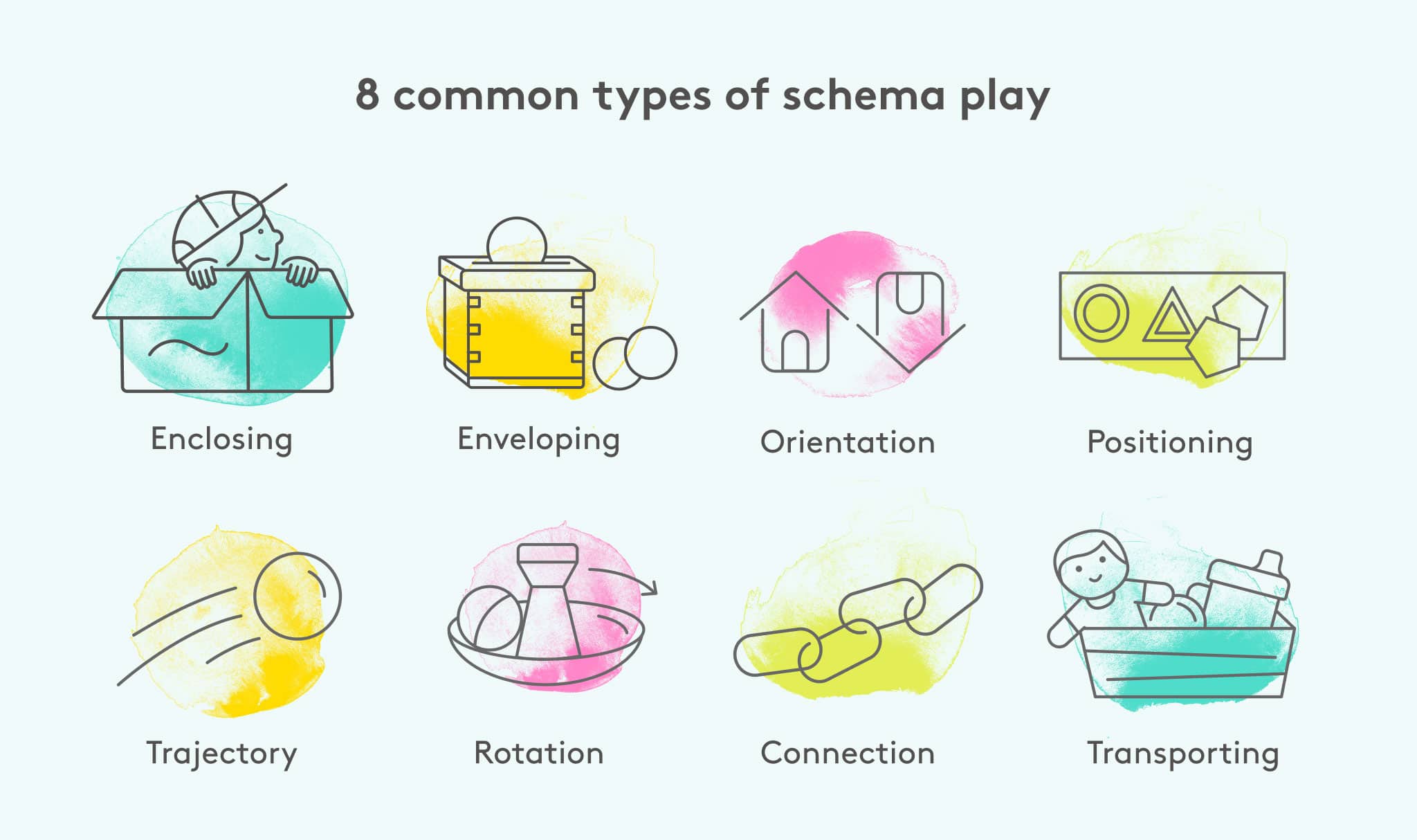Schema is a formal language used to describe, define, and organize data in databases. It is basically an outline of the structure of a database. This structure contains fields, tables, and relationships between different data items.
A schema is composed of entities, attributes, and a set of rules. Entities are structures that store and organize data. Examples include tables, views, and indexes. Attributes are the fields or columns that contain the actual data stored in various objects. Lastly, the rules govern how the objects interact with each other.
The purpose of a schema is to provide a foundation to store data, maintain consistency throughout the data, and improve the performance of queries. Additionally, it also reduces the complexity of database management.
There are two main types of schemas: physical and logical. The physical schema is the blueprint of the data model. It describes the physical structure of the database, such as where the tables and columns are stored. The logical schema is the representation of the data model in an abstract form. It outlines the relationships between the various data items.
Schemas can also be used in programming. They are often used to define how a programming language’s syntax should work. This includes the layout of the data that is used by the program, and the structure of the program’s language.
Overall, a schema is a formal language used to define the structure of data stored in a database or programming language. It helps to ensure database consistency and reduce the complexity of database management.






